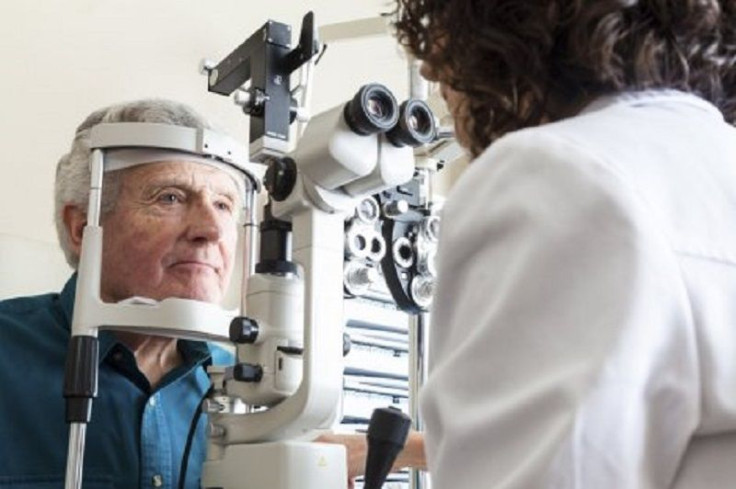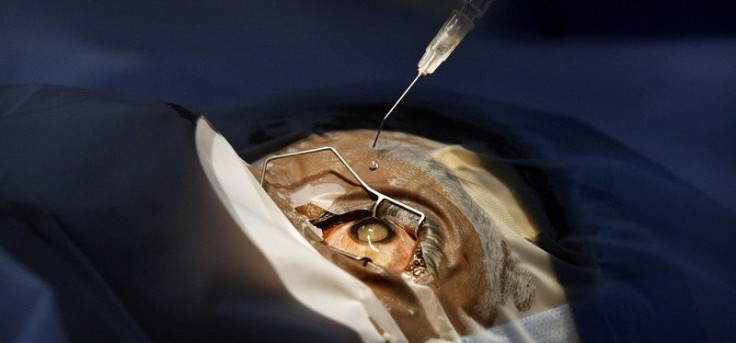Scientists use molecule lanosterol as eye drop to melt cataract, making surgery unnecessary

More options are being made available to people suffering from cataracts. Researchers are developing the use of human stem cell to repair damaged corneas instead of surgery to remove it, while California scientists are trying to use a molecule as an eye drop to melt the cataract.
Scientific American reports that lanosterol, a molecule that could bind and re-solubilise mis-folded proteins in the eye, could be a non-surgical treatment for cataracts. Experiments by researchers at the University of California in San Francisco (UCSF) partially reversed cataracts in mice and restored transparency in isolated human lenses.
For people with cataracts, the proteins on their eyes - crystalline – are affected. Jason Gestwick, senior author of the study, published in Science in November 2015, and associate professor of pharmaceutical chemistry at UCSF, explains that the unique properties of crystallines, the major component of fiber cells that form the lenses of the eyes, make it particularly susceptible to damage.
Gestwick points out that “Shortly after you’re born, all the fiber cells in the eye lose the ability to make new proteins, or to discard old proteins … So the crystallines you have in your eye as an adult are the same as those you’re born with.”
More than 20 million people around the world suffer from cataracts which the World Health Organisation has identified as a priority eye disease. When cataracts develop, the lenses of the eyes lose their transparency. Removal by surgery and implant of artificial lenses is one option, but the procedure is expensive, resulting in many patients in developing nations going blind.

NBC reports that for those opting for surgery, the Kearney Eye Institute in Nebraska started to offer in June a new treatment option for those who had undergone the procedure that cuts or removes the need for costly prescription eye drops. At the end of the surgery, doctors administer a time-released medication which makes it more convenient to the patient and saves money while alleviating compliance concerns for eye surgeons.
Normally, cataract surgery patients must follow an eye drop schedule which requires several types of drops done multiple times daily for one month following the surgery. The surgeons, led by Dr T.J Clinch and Linda Blakely, deposit in the back of the eye a sterile, compounded formulation of antibiotics and anti-inflammatory medicine.
VIDEO: Cataract Eye Drops – The Safe Alternative to Cataract Surgery






